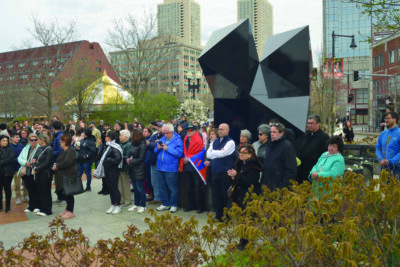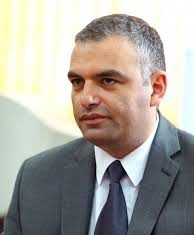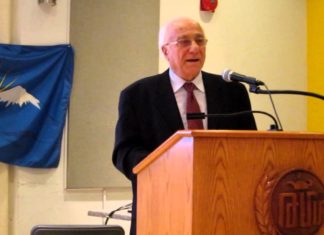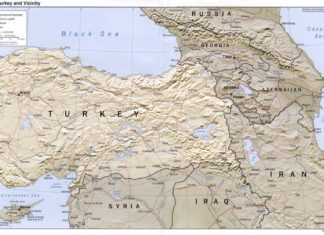By Edmond Y. Azadian
The knife that was lodged into Archbishop Ghevont Tourian’s heart in 1933, killing him instantly and dividing the Armenian Church ever since, continues to play its destructive role in the Armenian community. Some people do not wish to be reminded of that gory incident because if the story is pushed into oblivion, they believe the schism within the Armenian Church may be legitimized.
The takeover of a number of dissident churches in America in the 1930s by the Dashnag party was compounded by further acts of violence when the same party usurped the Catholicosate of Antelias in 1956 on the heels of the tanks of the Lebanese army.
No sensible member of the Armenian Church can wish away these sad facts of history, as long as the Armenian Church continues to be divided and one segment of that church remains tributary to a political party.
Since 1956 the Catholicosate of Antelias has extended its tentacles toward other communities. The specter of the Cold War helped the leaders of that See to bring under its aegis the Diocese in Iran and part of the Diocese in Greece, as well as consolidating its grip over dissident churches in the US and Canada.
Throughout the Cold War years, this campaign against the Holy See of Echmiadzin was “justified” under the banner of war against communism. When the communist system collapsed, it was evident that the emperor was indeed naked. The excuse for the church division had thus evaporated, but because the political party was entrenched in the system it refused to lose its cash cow, and the division continued.









